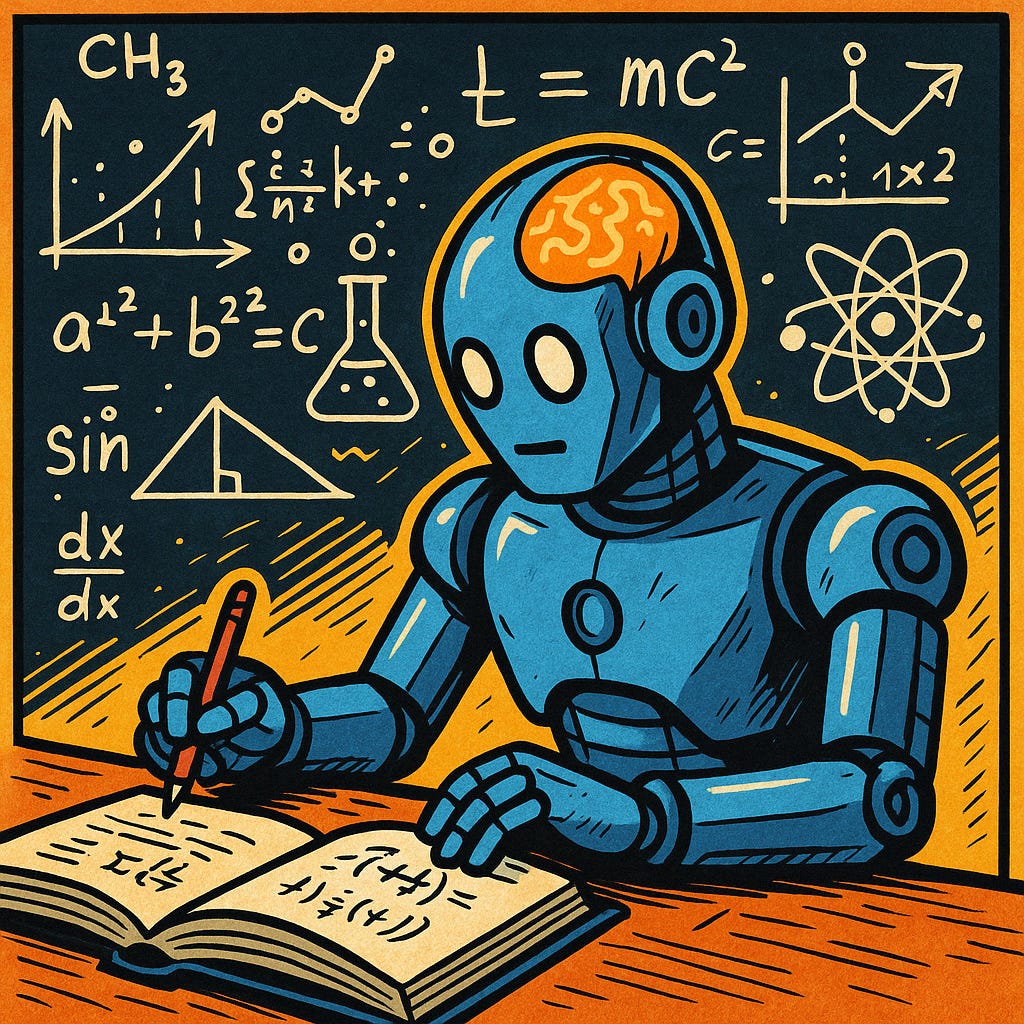Created Using GPT-4oIf you follow this newsletter, you know I am super passionate about the ideas of open endedness AI, specifically when comes to scientific research. Today, I would like to dive into one of my favorite models in that area. The field of automated scientific discovery has experienced rapid evolution, with artificial intelligence (AI) systems increasingly entrusted with the end-to-end execution of the scientific method.
Among the most ambitious and technically sophisticated efforts in this space is The AI Scientist project. This essay provides an in-depth analysis of The AI Scientist-v2, focusing on its architectural breakthroughs, its key contributions to the automation of research, and the significant enhancements over its predecessor, v1. Designed for an expert audience, this discussion emphasizes the core mechanisms that empower v2 to function as a more autonomous and capable scientific agent.

At the foundation of The AI Scientist-v2 lies an agentic architecture that systematically progresses through the canonical phases of scientific inquiry: hypothesis generation, experimental design and execution, data analysis and visualization, and manuscript composition. A defining advancement over v1 is the elimination of human-authored code templates, enabling greater flexibility and generalization across domains. This autonomy is powered by a progressive agentic tree-search framework, coordinated by a central experiment manager agent.
Additionally, v2 integrates a Vision-Language Model (VLM) feedback mechanism, which plays a vital role in refining visual outputs, especially figures in the generated papers.The Experiment Progress Manager and Structured StagesThe core of v2's experimental engine is the Experiment Progress Manager, which decomposes the scientific process into four structured stages: Read more.
Technology

The Sequence Research #525: Inside the Model that Can Write AI Peer-Reviewed Scientific Papers

The AI Scientist is pushing the foundaries of open endedness AI.















